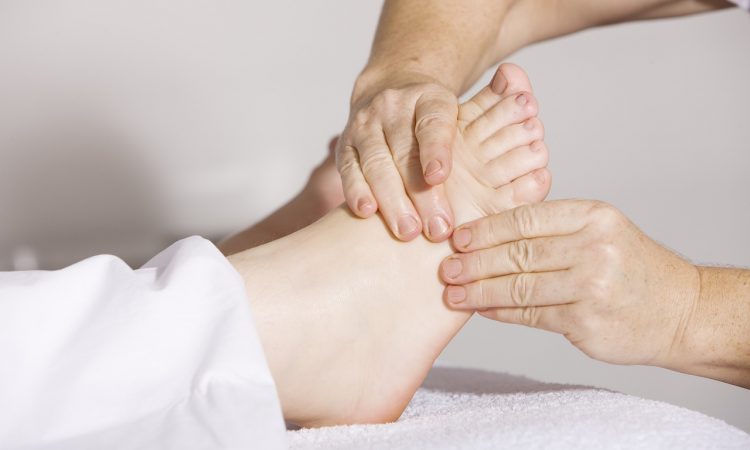Whether it’s from running or playing tennis, a nonsurgical Achilles Tendinitis Treatment Eastwood is a good first step. The doctor will assess the condition and look for signs of a ruptured Achilles tendon or a bone spur. Often, nonsurgical treatments will give you adequate pain relief, though it may take a few months to see noticeable results. During this time, you can take low-impact activities and use ice to reduce the pain.
A good nonsurgical treatment is brisement. This procedure breaks up scar tissue and restores normal elasticity to the tendons. Depending on the severity of your Achilles tendon injury, brisement may be your best option. Although this type of surgery may cause more pain, it can also help you walk more freely after the procedure. A foot and ankle surgeon will make a customized treatment plan for you.
Nonsurgical treatments usually include exercises that reduce the pain. If you can tolerate exercises and moderate activities, you can gradually increase your exercise. However, you should not overdo it at this point. You should avoid overexertion and high-impact activities. In case of chronic pain, you should use supportive shoes or ankle braces to prevent injury. You can also apply ice to your Achilles tendon if it hurts. If the ice makes you numb, you should remove it sooner.
A minimally invasive procedure called Hydrocision TenJet is an effective solution for some Achilles tendon injuries. This procedure uses high-velocity saline as a blade to cut off unhealthy tissue. This procedure may require several sessions, and the recovery period may take up to six months. If nonsurgical treatments are not enough, a foot and ankle surgeon will recommend surgery. The surgical procedure entails repositioning of the calf muscles to lengthen the Achilles tendon.
While nonsurgical treatment options can be effective, they may not work for long. Patients who experience acute Achilles Tendinitis should seek treatment as soon as possible to minimize pain. They should stop any activities that make the pain worse and should start walking and cross-training activities. During the day, they should avoid running or other activities that put stress on the Achilles tendon. They should wear supportive shoes and avoid uneven terrain. When symptoms develop, they should stop the activity immediately.
Physical therapy is an option for people with severe Achilles tendinitis. Besides a doctor’s visit, a physical therapist can prescribe stretching exercises. While these exercises will relieve pain, they will not permanently fix the problem. Until you find a treatment that works for you, make sure you do not exercise too much and avoid any activities that make your pain worse. It’s also important to avoid activities that cause the pain.
